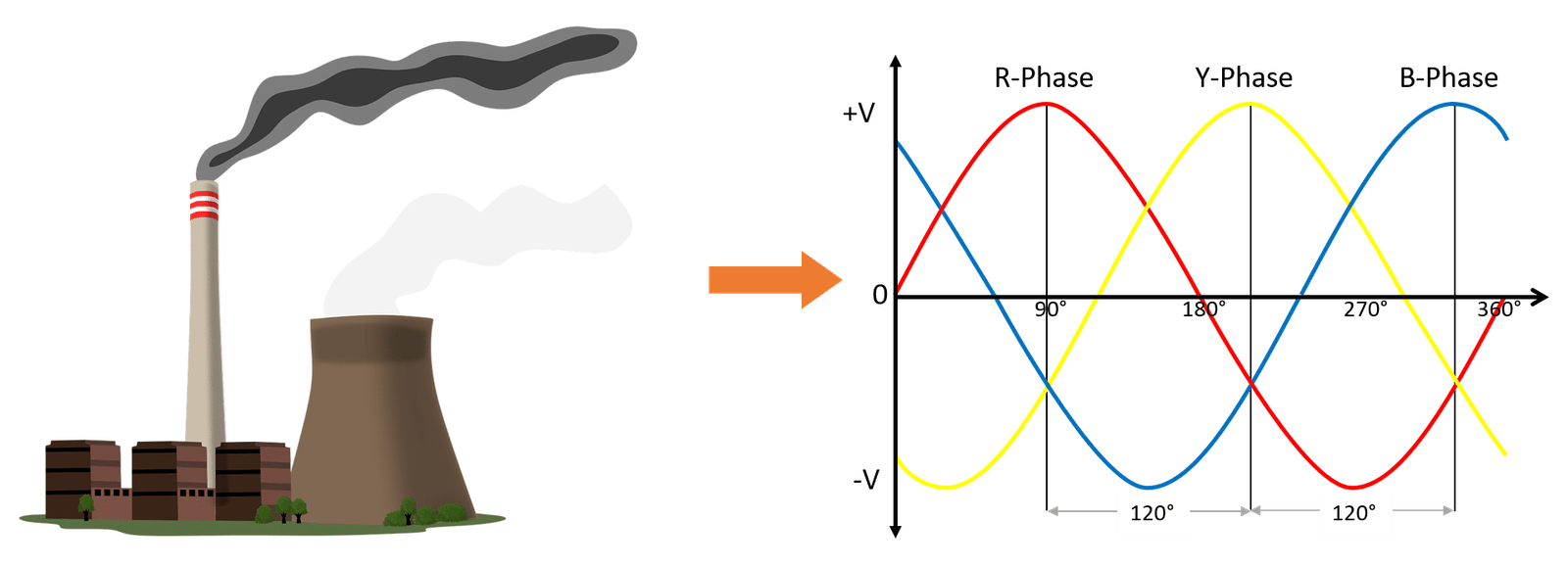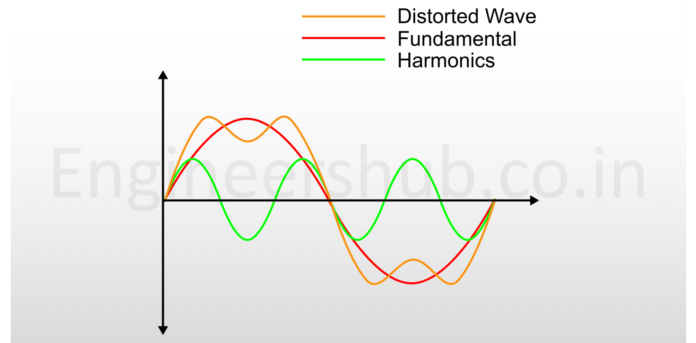Power System Harmonics, which is induced by the non-linearity of customer loads, is becoming a significant source of concern. This issue has gotten a lot of attention from utilities, equipment makers, and users.
Power System Harmonics cause several problems by distorting the waveform shape of voltage and current and increasing the current level. If you are facing the problem of random failure of motors and drives, nuisance tripping of circuit breaker and transformer overheating, then it could be because of harmonics current.
It is very difficult for engineers to identify the problem of harmonics and hence it becomes essential for them to know about harmonics current.
So – what is harmonics in electrical system?
In this article, I would be answering you that.
What is Harmonics in Electrical?
A scientist name Jean Baptist Joseph Fourier has defined the term harmonics. According to him, Harmonics in Electrical Systems are the repetitive waveforms that can be defined in terms of summing sinusoidal waveforms which are integer multiples of the fundamental frequency.
Understanding Harmonics current in Simple terms
I would explain Harmonics to you using Earth’s atmosphere analogy.
We have clean Earth’s atmosphere from our Nature. Similarly, we receive clean power from our power generating stations.
Gases like Carbon dioxide and Carbon monoxide pollutes our earth’s atmosphere. Analogous to this, Harmonics current is also like creating pollution in our power system.

Understanding Harmonics current in Technical terms
Fourier has defined harmonics. His theory tells us that harmonics are the unwanted (distorted) frequency current which is multiples of fundamental frequency current and total harmonics distortion is the summation of all these distorted current along with fundamental frequency.
Watch this video tutorial for more details.
How should I know the presence of harmonics current in my plant?
The best way to recognize Harmonics current in a factory is by conducting harmonics analysis at the PCC (Point of Common Coupling) level with the help of the Harmonics Analyzer.
However, there is another way also to recognize harmonics current in the factory. Harmonics has adverse effects on equipment present in the power system. I am listing a few of them below.
Effects of Harmonics current:
- Neutral conductor overheating
- Power factor capacitor failure
- Induction motor overheating
- Transformer overheating (even not fully loaded)
- Voltage fluctuations
- Nuisance tripping of circuit breaker
- Poor power factor
- Heating of power cables
- Electronics device failures
- AC drives failure
If you find any of these above-mentioned conditions then harmonics current could be one of the reasons.
But be careful, before you blame on harmonics current, for any of these aforesaid situations.
Why am I telling this is because – for example, the reason for voltage fluctuations is not always because of harmonics current. Voltage fluctuations also arise due to oscillatory transient or impulsive transient.
How the harmonics current are generated in the plant?
In the power system, we have two different types of loads depending upon the shape of the current waveform drawn by the load.
- Linear loads
- Non-linear loads
Harmonics current are generated due to Non-linear loads. Few examples of non-linear loads are:
- Switched Mode Power Supply
- UPS
- Electronic Ballast
- Welding machines in steel plant
- AC Drives
- Transformers (only on saturation)
How to get rid of harmonics current?
You cannot 100% mitigate harmonics current if it is present in your plant. However, you can surely limit harmonics current by following the recommendations given by IEEE Standard 519-1992 (amended in the year 2014). The following are the mitigation techniques to limit harmonics current:
- Passive filter
- Active filter
- Detuned filters
- Isolating transformer
There are other ways which can minimize the adverse effect of harmonics current like,
- Over sizing the neutral conductor
- Using K-rated transformer
- Using multi-pulse drives
Remember that appropriate mitigation technique needs to apply and that depends on various factors.
Summarizing
If you find electronic devices such as AC drives, power supplies used for desktop computers, LED’s, etc., harmonics may be there in your plant.
Like every technology has pros and cons, so do electronics have.
I would strongly recommend for conducting harmonics analysis. With the help of harmonics analysis, you would come to know the order of harmonics. By knowing, which order of harmonics current is present in your plant, you can decide a suitable mitigation technique.
If you have any queries related to harmonics, you can ask me in comment section.
For more details, you can also buy my eBook from amazon by clicking the link below,
You can also enroll course on harmonics by clicking below link,
Power System Harmonics Current FAQs
Why only odd orders of harmonics are considered and not the even orders?
Even orders of harmonics are generated due to uneven current drawn between positive and negative half cycles of one cycle. They do get generated in the system. But, as per Fourier mathematical equation, even orders harmonics canceled out with each other. So our main focus is on odd orders.
Why is third- order harmonics current more dangerous?
If you observe the waveform, the amplitude of third-order harmonics current waveform is more as compared to higher orders. Now a further question arises, why the current amplitude is more? In the power system, most of the load is inductive in nature. Remember that I am talking about the inductive nature of the load. In addition to loads, the power cables connecting the loads are also inductive in nature. We have the relation between inductive reactance and frequency i.e. XL= 2πfL so with the increase in frequency the reactance increases. The increase in reactance would increase the impedance. If you apply ohms law, the increase in impedance would decrease the current amplitude. Third-order harmonics current frequency is 150 Hz (taking 50 Hz as the base frequency). Twenty third-order (23rd) harmonics current frequency is 1150 Hz. Hence, 23rd order harmonics current have less impact on the power system as compared to 3rd order.






